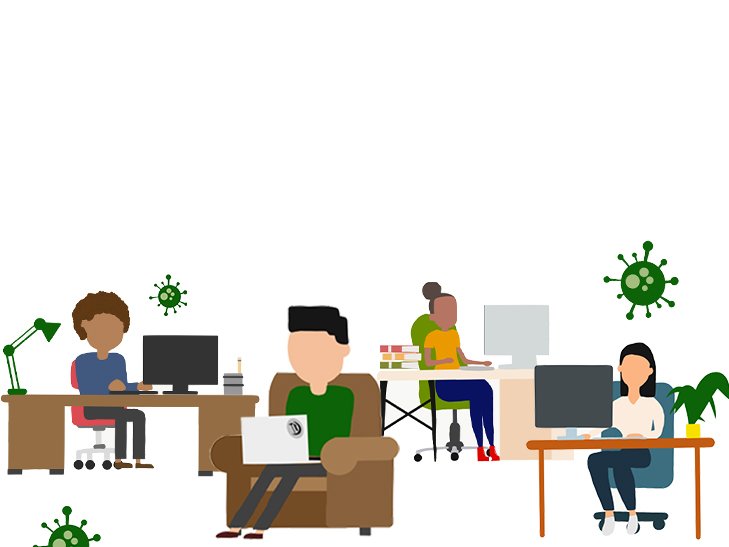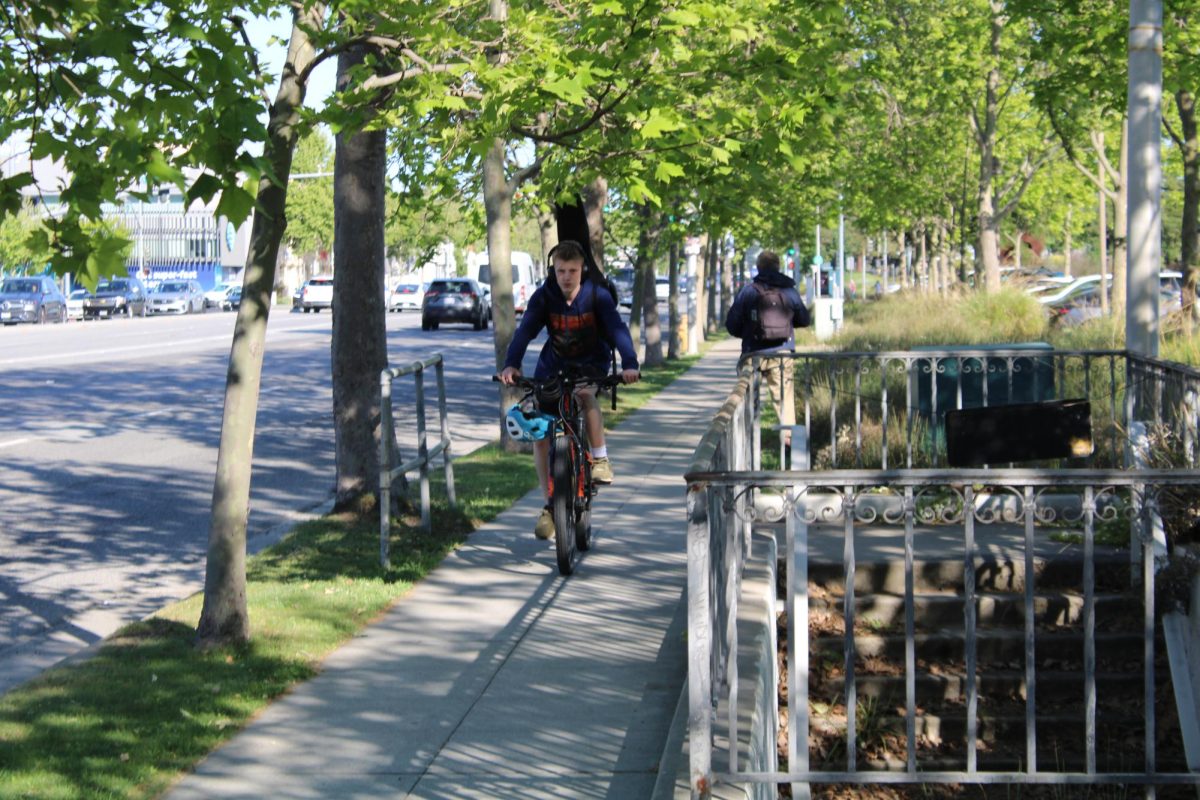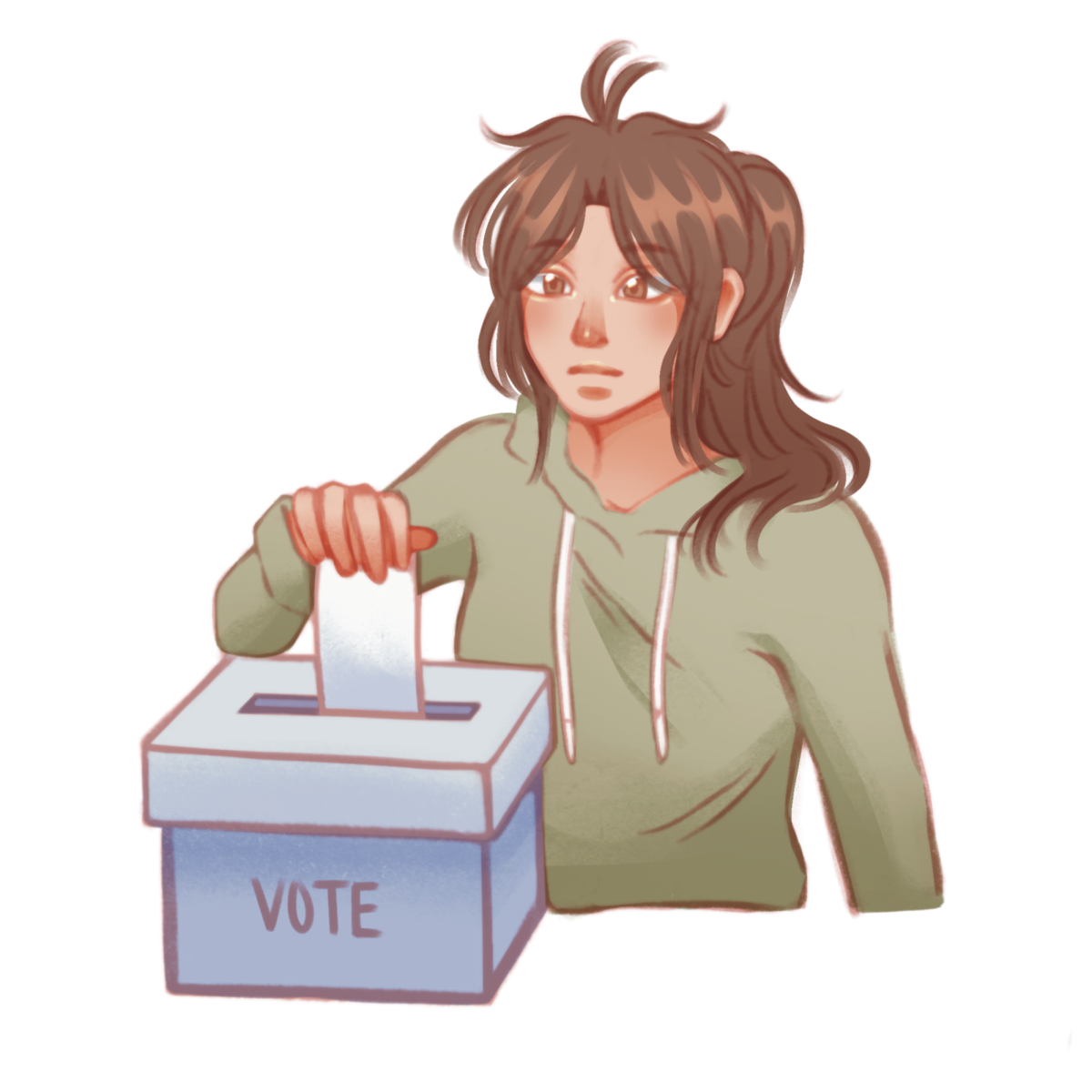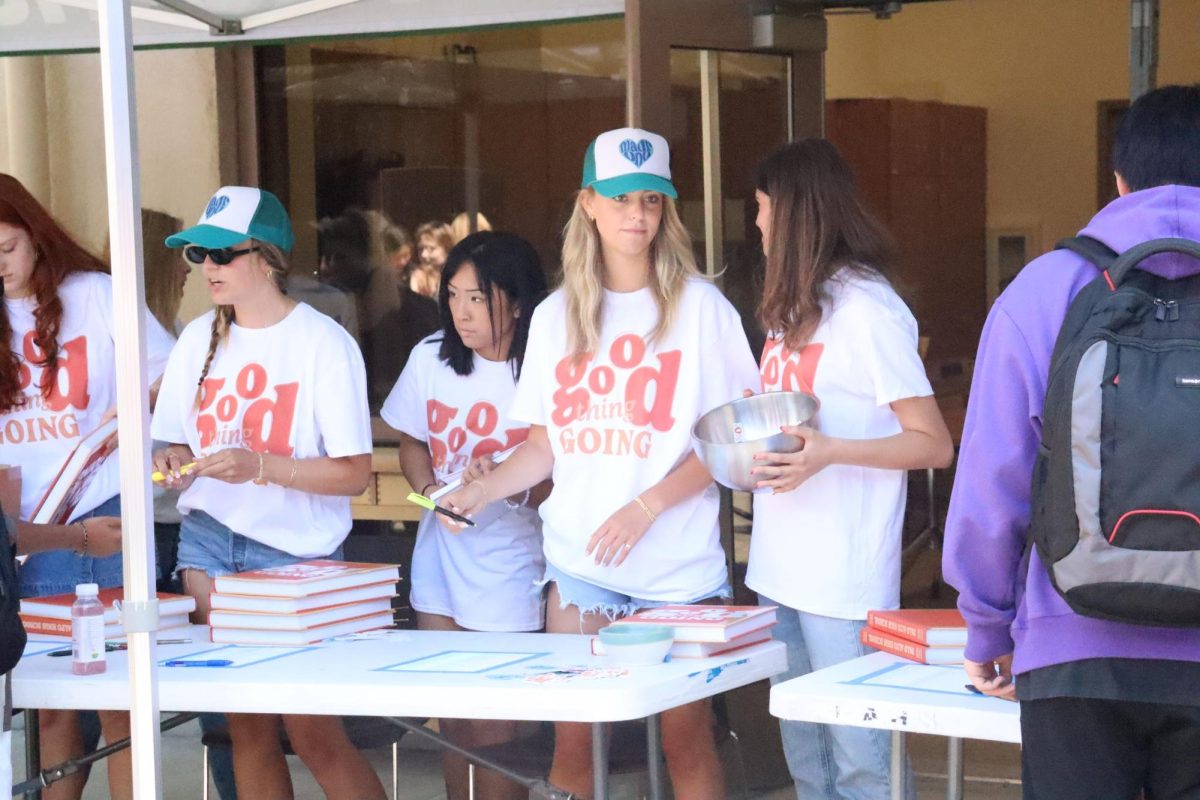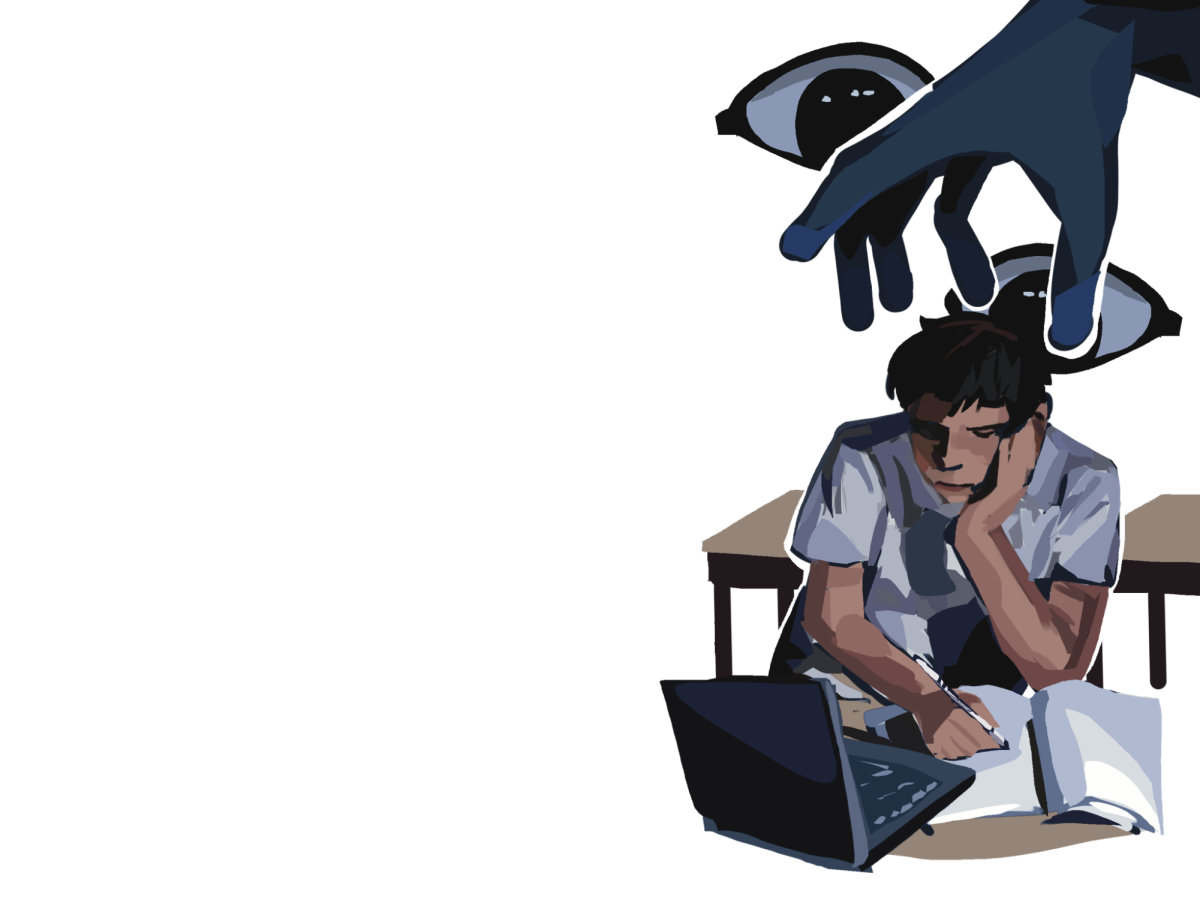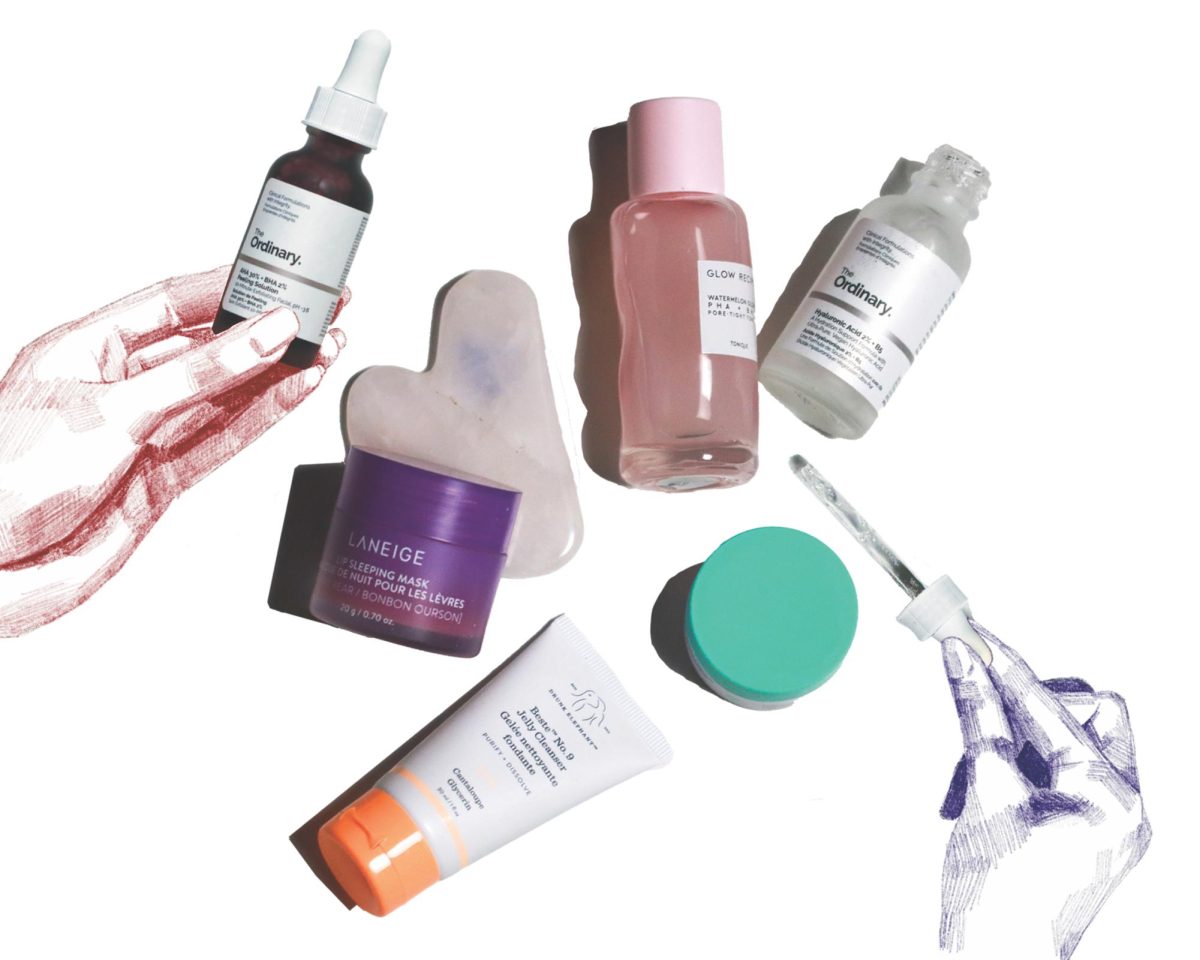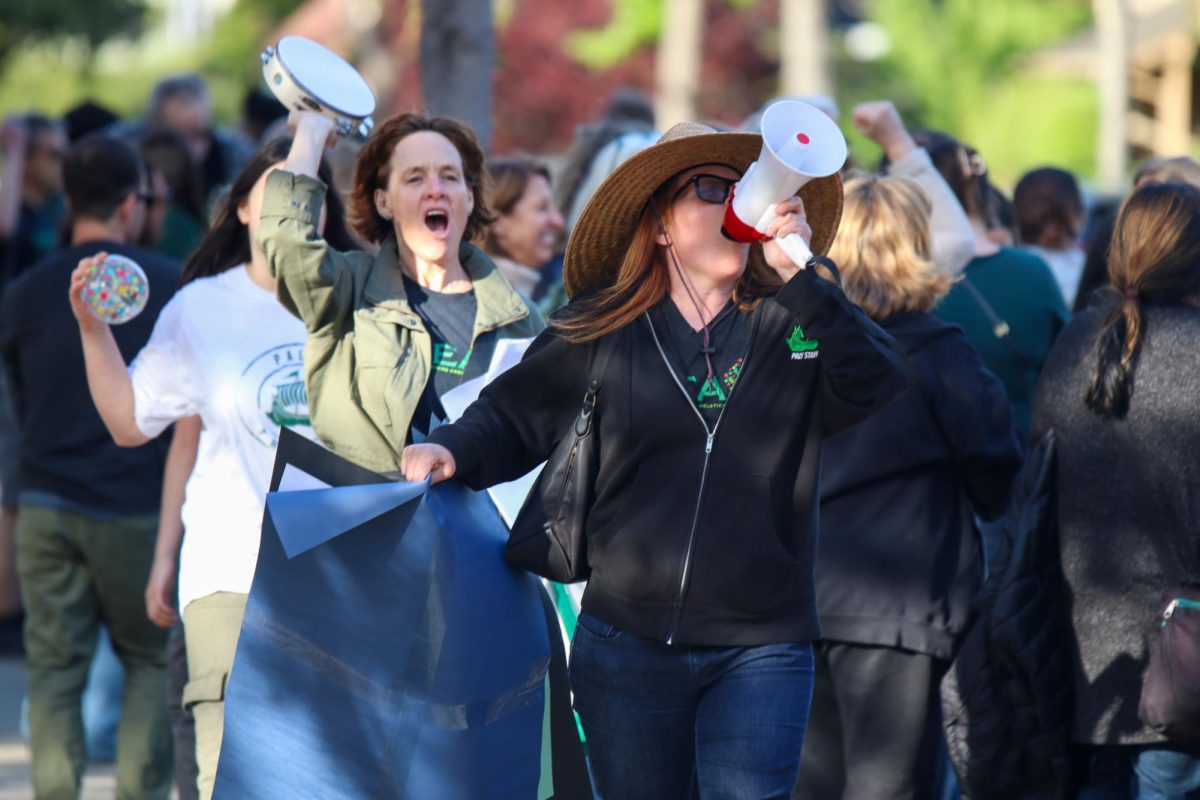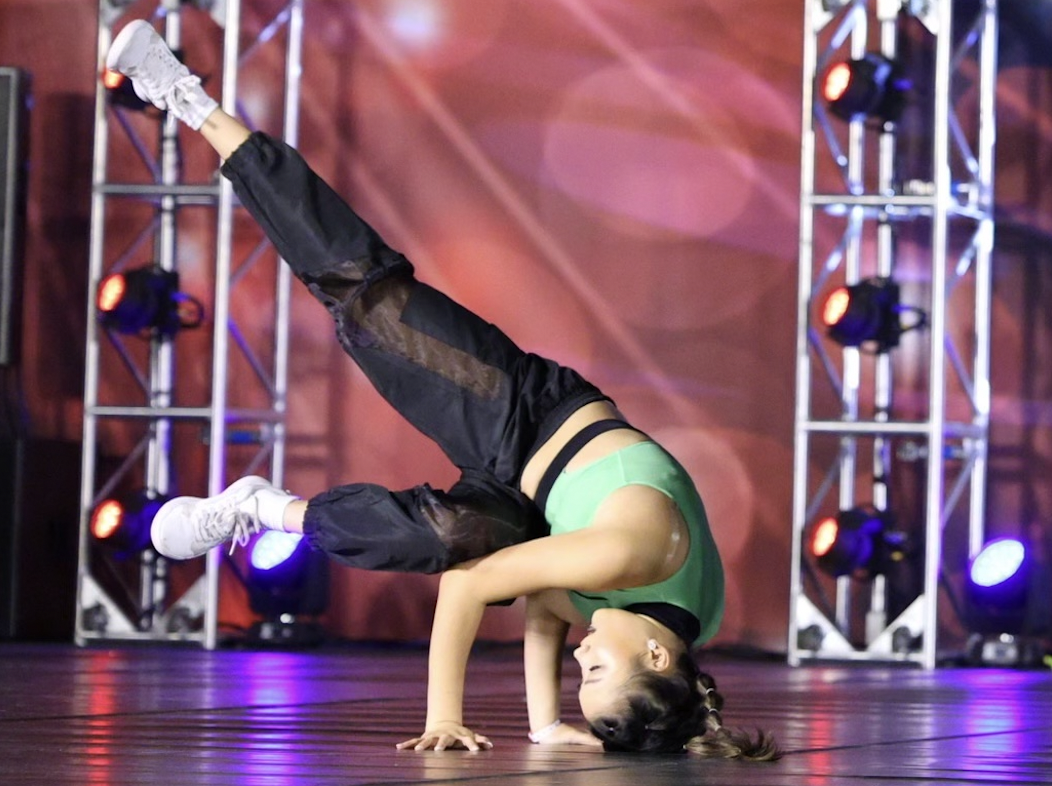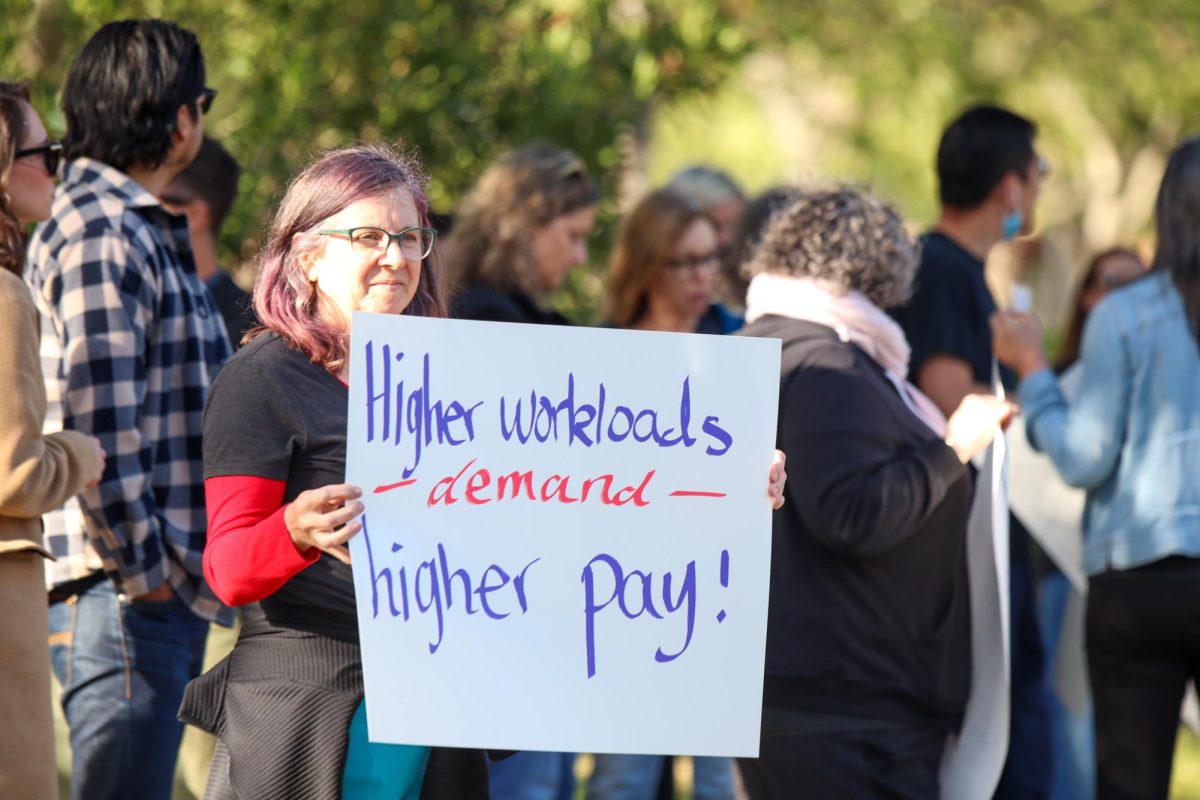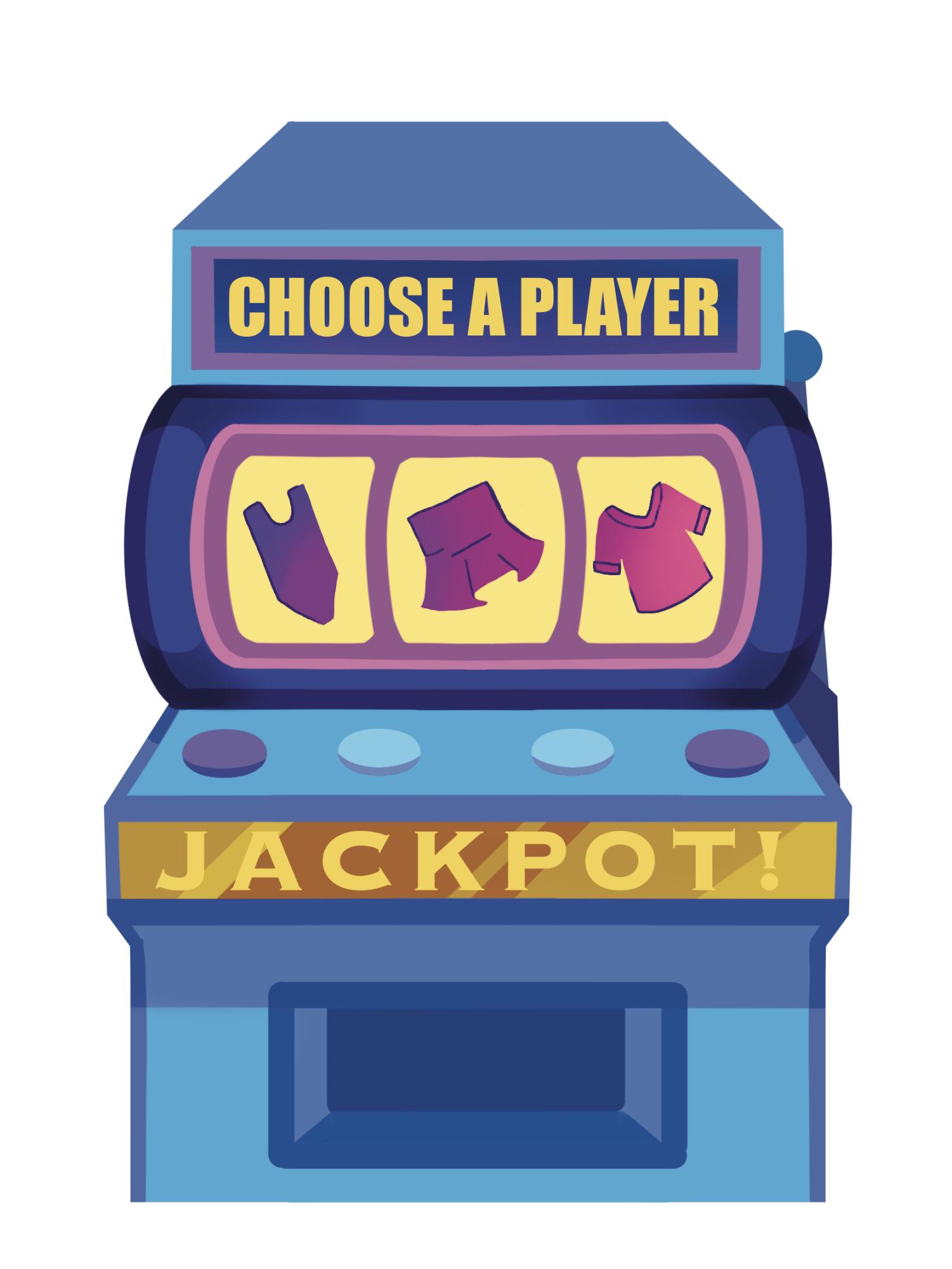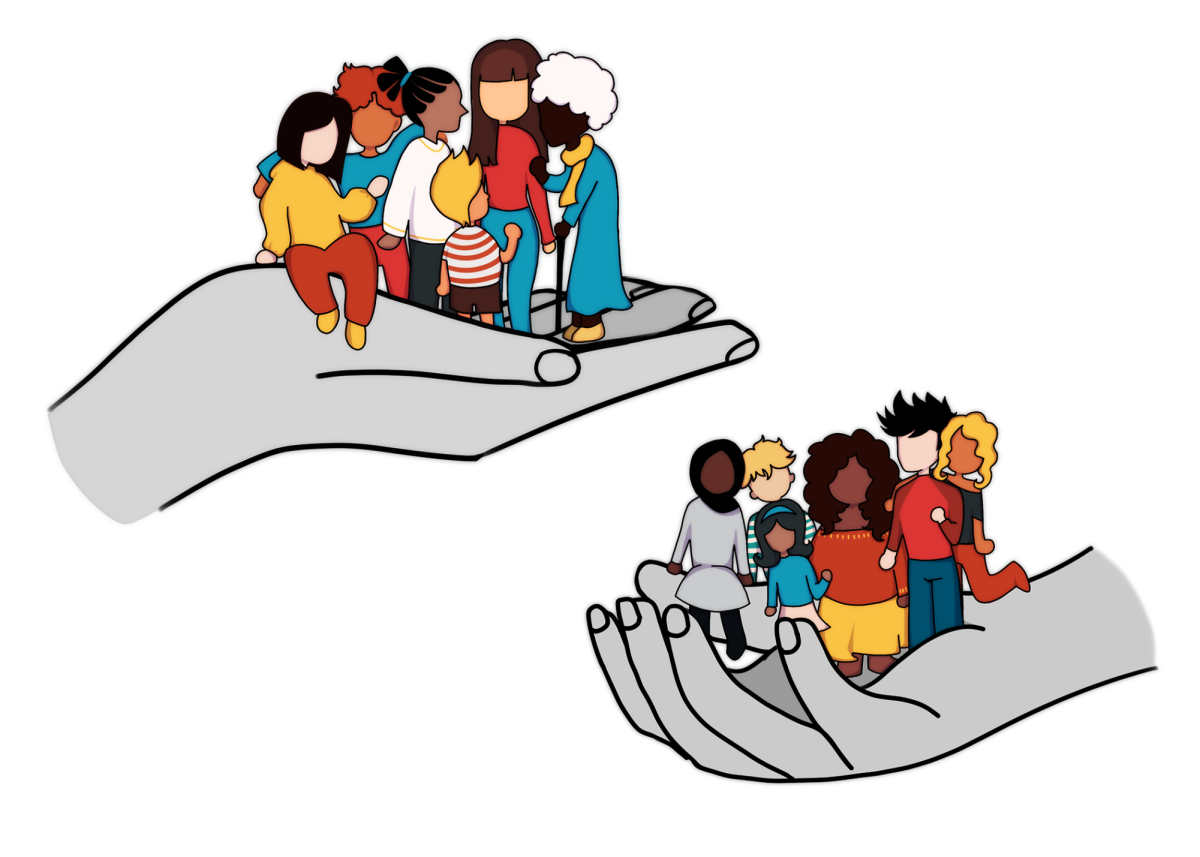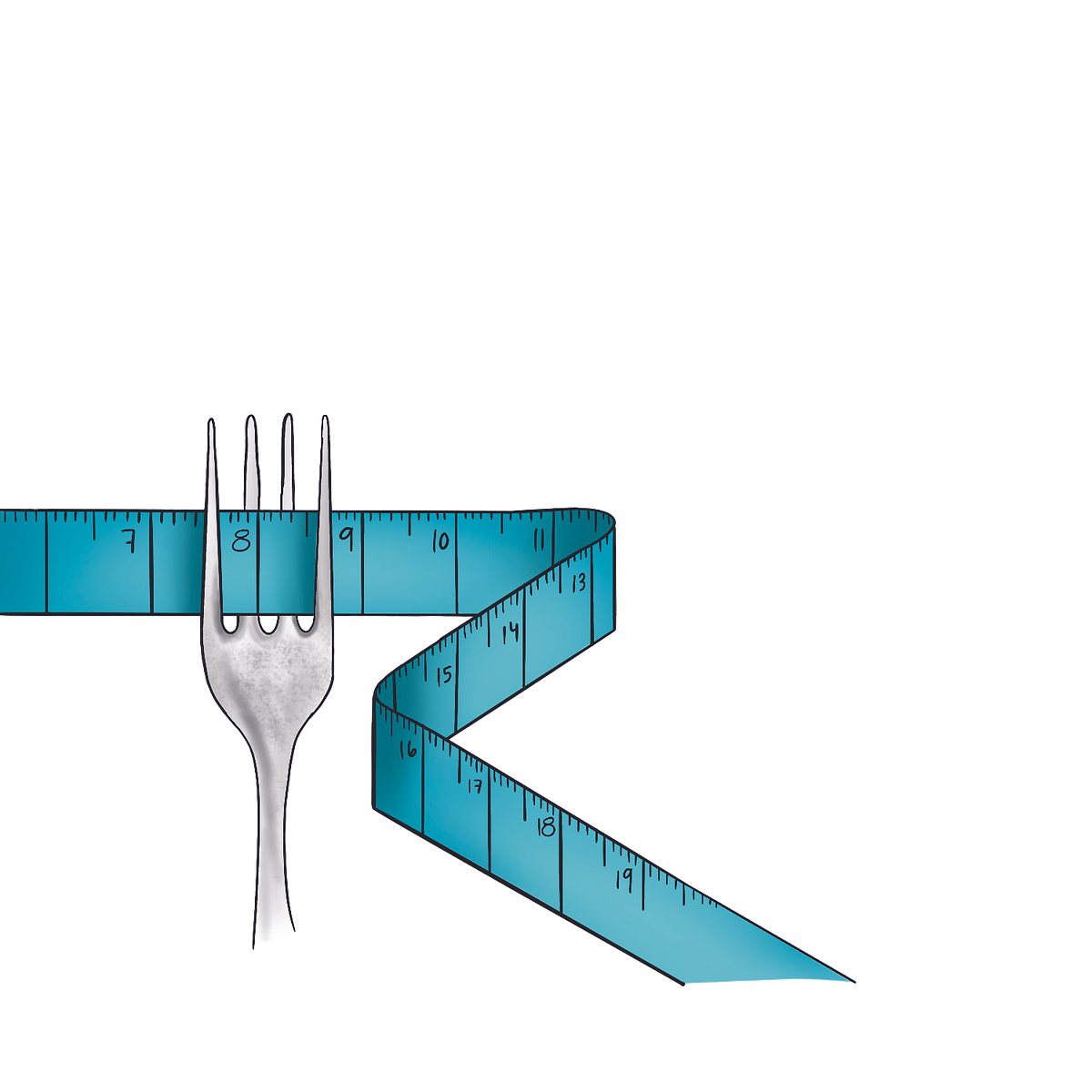[divider]Spring Transition[/divider]
When the United States reported its first case of COVID-19 on Jan. 20, no one could have predicted what was to come. President Donald Trump called it the flu, faces remained unmasked and schools nationwide mentioned the virus only in passing when discussing current events.
But COVID-19 cases developed rapidly in Santa Clara County, and on March 12, PAUSD unveiled its first distance learning proposal; students who did not want to go to school due to COVID-19 would be able to call in sick for up to 10 days at a time.
Also on March 12, Superintendent Don Austin said schools would not close fully because the negatives of closing schools outweighed the positives.
“A lot of students,” he said at the time, “Not only here but across the entire county, schools are where they get their lunches, their meals, their services, so to shut us down is a big deal; it puts all these people into the street.”
In a reversal of these comments, one day later, on March 13 Austin announced schools would close for three weeks beginning March 16.
Contrary to popular belief, Public Health Director of Santa Clara County Sara Cody said the Health Dept. did not decide to shut down schools.
“I remember having conversations all night on March 12,” Cody said, “thinking that we could keep schools open and the superintendents were on board, and they would keep schools open. And then by the morning of March 13, it was apparent that the schools were just all going to close themselves.”
Over the next three weeks, the district offered students Flexible Learning Options, optional assignments students could do if they wanted to. But GeoH and TrigH teacher Daniel Nguyen said at the time he found the district-imposed time limit of one hour of work per class per week foolish.
“Personally, I think this is bogus,” Nguyen wrote in a Schoology message sent to all of his students on March 12. “Especially for students in AP and honors classes. Unless you are sick, you are fully capable of handling more than one hour of material a week given you meet at least three hours a week for class.”
Since then, though, Nguyen said he has come to understand why the district set FLOs up the way they did.
“I’ve realized there are other reasons why a student might not be able to complete an hour of material per week such as isolation due to COVID-19,” Nguyen said.
Immediately before Spring Break, PAUSD officials realized the scope of COVID-19 was greater than it originally seemed.
“We thought we’re going to be closed for three weeks. We were going to hit spring break, and we’d be back,” Austin said. “And people thought we were crazy. For closing for three weeks, like, ‘How in the world can you close for three weeks?’’
On April 1, Austin announced schools would close for the rest of the Spring semester.
The district then moved from FLOs to Required Online Learning Experiences. Teachers could assign up to three hours of work per week per class, and unlike FLOs, these assignments determined whether a student received credit in a class or not.
Both students and teachers, now faced with required learning, said they had growing pains.
“I had this student in my class last year, and he asked me — he meant this very nicely — he said, ‘You know, you’re about the least technical teacher that I know of. How are you going to do this?’” history teacher John Bungarden said. “And the answer was, ‘Well, I don’t know. We’ll do something.’”
[divider]Summer Process[/divider]
PAUSD announced Principal Brent Kline as Adam Paulson’s successor on March 13, the same day school closed.
“Gosh, back in March, we thought we were just going to have a temporary vacation,” Kline said. “And the plans just kept on changing and evolving.”
When planning for the distance learning implemented this fall, Kline said he looked at feedback about ROLEs and FLOSs, lambasted across the board by both students and parents.
“ROLEs were pretty hard to learn from as an alternative to going to school since some classes didn’t even meet up,” senior Alan Zhang said.
Dr. Sarah Cody, who is also a Paly parent, said her children also found spring distance learning ineffective.
“I don’t think they found it very engaging,” Cody said. “I think it was probably hard for our district and for many districts to put it together that fast, but it was kind of a disaster.”
So over the summer, Austin said he and his administrative team were hard at work coming up with a plan.
“I worked through three weeks of my vacation,” Austin said. “We would start at about 7 in the morning, and it was very, very common for me to be working with my team until 10 or 11 at night.”
Part of this plan was to train PAUSD teachers over the summer with a module-based Schoology course provided by the district, preparing them to provide effective online instruction. Nguyen said the program was beneficial.
“We had a set of 10 to 12 modules, probably on average 10 to 12 hours,” Nguyen said. “And they covered all sorts of different things, like, ‘How do you try to build a class community online?’ ‘How to use different tech skills like Screencastify’ I thought it was pretty useful. I mean, I guess I think I know a little bit about tech, but I still learned a lot from those modules personally.”
Austin said the teachers worked hard and criticism toward their commitment is unwarranted.
“One hundred percent of our teachers went through 10 hours of training over the summer to prepare and get better for you guys,” Austin said. “No other district did that. So that’s just the one thing I am protective of when we get criticism of effort and planning and claims that we don’t care about it and don’t treat it seriously. That’s the one place I would say people are just flat out wrong. Everybody cares. Everybody put everything they had into it.”
As last school year came to a close, district officials and school board members said they began discussing new education formats and deciding which ones they planned to implement.
But over the summer, school board member Jennifer DiBrienza said, the board’s reopening plans were repeatedly scuttled by changes in the County’s health status.
“When we first shut down in March, it was county guidance saying that we had to,” DiBrienza said. “And when we were looking sometime late July, we were looking at possibly opening our elementaries in hybrid and ideally our secondaries hybrid.”
However, there seems to be some confusion between the district and county. Cody reiterated that individual school districts made the decision to shut down schools.
“The decision was made by each school superintendent,” Cody said. “I am 100% certain that I did not close schools in March.”
Regardless, Austin announced PAUSD’s Fall learning plan in an email sent on June 30.
This plan had schools using a hybrid learning format, where students alternate between in-person and online school.
After Austin’s announcement, Paly’s Extended School Year program opened to PAUSD special needs students at Cubberley Community Center. It was open to both middle and high schoolers and PAUSD’s post secondary adult transition program for students aged 18-22.
Cynthia Lolong-Perez, the site administratorfor ESY as well as the special education director for secondary schools, said this in-person education benefited students with special needs.
Less than a month after the district released its hybrid schedule, Gov. Gavin Newsom imposed new regulations, requiring counties to fully stabilize their COVID-19 infection rate before opening schools. This announcement on June 30 rendered PAUSD’s hybrid plans null and forced the ESY program to close.
“It disrupted the routine. Our program was going well, and then we had to shut down,” Loleng-Perez said. “But I think in the end, we still had two weeks of full day for our middle and high school and then our post secondary 18, our post secondary program, was actually able to provide four weeks. So we have that data to help us plan for our reopening for this year.”
Cody said these regulations were enacted because of the impatience of the public. As people started to leave their homes more, COVID-19 cases spiked.
“I was pretty depressed in July because everyone sacrificed so much, right?” Cody said. “People lost their jobs. People lost their businesses. People lost their livelihoods. It’s been really really, really hard. So we all sacrificed, and we were really, really close, and then just not patient quite long enough, and people started thinking, ‘We’ve kind of turned the corner, and we’re sick of it anyway.’ And then, boom. So it’s a really nasty virus. It spreads fast.”
The frequent changes to the County’s status regarding COVID-19 led to PAUSD’s decision to go fully online to start the 2020-2021 school year with the hope of having students return in person at a later date.
“At that point, the board said, ‘OK, this is whiplash. It’s not fair to families. It’s not fair to students. It’s not fair to the teachers. We just need to have a predictable plan,’” DiBrienza said. “So we decided to stay with that opening all-virtual plan that the governor had implemented just a few weeks ago, knowing that we, of course, want to get back to campus as soon as possible.”
With the new plan, came many challenges including the one of educating at-risk students. school board vice president Shounak Dharap said.
“I know teachers are checking in and making sure that if there are students who aren’t showing up,” Dharap said. “It’s more important now than it ever has been to make sure that we’re taking those steps to really look at the data on a small scale, so that the board can make the decisions on the big scale that it needs to.”
Austin said the District pioneered a program called PAUSD+ to help these at-risk and underprivileged students.
“It’s a first attempt just to make sure we’re not letting people fall through the cracks,” Austin said.
Although the District and Board carefully mapped out their fall plans, they are still open to revising their plan because of how unprecedented distance learning is, Dharap said.
“Distance learning is something that has been looked at by every district, as you know, and we’re not we’re not reinventing the wheel in terms of distance learning. But we’re sort of inventing the wheel,” Dharap said. “This is a totally new scenario that we’re in. And so my perspective is that it’s perfectly normal to recalibrate along the way, when needed, because otherwise we’re not doing what we need to for our students.”
[divider]Fall Reopening[/divider]
Students returned to school online on Aug. 17. And after a long summer of preparation, Austin said teachers will be more prepared in the 2020-2021 school year.
“Trying to manage your classroom through a bunch of squares on a screen, no one wanted to do that. No one was trained to do that,” Austin said. “But this year, the expectations are going to be different.”
Teachers also said they feel more confident about using technology and interacting with their students online, which makes students more comfortable with the learning model.
“I think now that students have had a chance to get acclimated with what they’re doing and change their approach to learning online, I think they’re able to benefit a lot from the more structured instruction provided this fall,” Nguyen said.
Unlike previous years, both PAUSD high schools have the same schedule this year, which Austin said he pushed for.
Mondays are now seven period days. But Nguyen said he noticed these days are difficult for students.
“Anecdotally, students aren’t big fans of Mondays,” Nguyen said. “It’s like walking from one place to another, just trying to change your mindset in 10 minutes from one period to another.”
Freshman Hana Foster agrees, and said she is having difficulty getting used to Paly’s schedule.
“It was hard to adjust at first because I was not used to using Zoom, but after four weeks of classes I think I I got the hang of it,” Foster said. “However I find Mondays difficult. Since we have 30 minutes of each class every Monday, we get homework from almost each class, and it’s usually due the next day. Since I haven’t had the chance to experience Paly at school, it still feels like I’m in middle school in a way.”
Attending six hours of Zoom meetings daily can be made even more strenuous by technology issues. Only 81.2% of students have working microphones and many say they are struggling with the PAUSD issued Chrombooks. But Kline said he hopes to resolve this problem soon.
“I know that the Chromebooks have a lot of issues, especially visually and audio,” Kline said. “We have passed out some MacBooks for classes that need specific programs, so that’s in the conversation.”
Austin said the school has been prioritizing help at-risk students as well.
“We have dedicated a tremendous amount of resources to making sure students don’t fall through the cracks,” he said. “We have our safe counselors. We have layers of support systems.”
But Austin acknowledged that virtual check-ins are not the same as in-person learning, and said until school returns in-person, all PAUSD can hope to do is minimize the growth of the achievement gap.
“Somebody sends you an email? Good,” Austin said. “Somebody gives you a phone call? Better. But somebody sees you walking across the quad during the day and goes over and puts their arm around you? That’s what helps.”
[divider]Reopening[/divider]
“The achievement gap will widen during distance learning. Anyone who denies that is not being honest. It’s an awful thing to have to say, but it’s true.”
Austin said he predicts the achievement gap will increase during remote learning, especially as the common denominator between at-risk and other students has been removed.
“We already had an achievement gap,” Austin said. “Then you put a bright light on it by saying the one place where everyone had in common was the school facility and the quality of teachers. And you put teachers and handicapped them by saying, ‘OK, now you’re going to have to learn a whole new thing yourself.’ And you take the facility away. So, yeah, the gap is going to widen.”
For Austin, the only way to combat this is in-person school.
“The reality is, we need to get back to school for people to feel good about school,” Austin said. “So, we’re doing the best we can. And hopefully, we’re coming to an end of this pandemic.”
Cody said that once Santa Clara County is out of the Purple Tier, the state’s classification for counties hit hardest by COVID-19, for four weeks, school reopening will be in the hands of the superintendents. Santa Clara moved from purple to red on Aug. 28.
“So Palo Alto Unified technically could open for in person education as soon as (Sept. 22),” Cody said. “Many districts are deciding to do kind of a phased approach, which I think makes sense.”
Austin said PAUSD will follow a phased plan once it is ready to return.
“Starting Oct. 12, our plan is to bring back the youngest guys first, kindergarten and first grade,” Austin said. “Online is not fun for anybody, but it’s awful for 5-year-olds, so we want to start there, and every two weeks we bring back in two more grade levels (up to grade five).”
Austin also said secondary schools will most likely come back in person at the semester break. The Palo Alto Educators Association would rather the district take things more slowly, though.
PAEA is the teachers union, and over the summer it negotiated that the earliest day in-person school could return is Oct. 12.
PAEA President Teri Baldwin said the union’s first priority is safety.
“One thing that is at the forefront is making sure we are not increasing COVID-19 spread or putting our staff and students at risk unnecessarily,” Baldwin said. “We are hopeful that at some point we will be able to return, again if science and conditions permit, so it is also a priority to prepare for that by making sure there is a comprehensive and detailed safety plan.”
California Assemblyman Marc Berman, though, said schools provide more necessary services than just education, and that students should return to in-person school as soon as it is legal and safe to do so.
“When schools closed in the spring, we were all reminded of the plethora of services schools provide beyond education,” Berman said. “They serve as essential child care, food distribution, device and internet access, and they provide safeguards against child abuse.”
Although online schooling has been a difficult experience, looking toward the future, PAUSD will be much more equipped for days with poor air quality, which has been a large problem in the past.
On Sept. 22, the board of education school unveiled its reopening plan to the public. The plan was met with much criticism, mainly from teachers who say district safety protocols are inadequate and that the district plan to teach them safe has not been communicated clearly to them. But many parents expressed concern too.
“Technical glitches are one thing, playing with people’s lives (is) something else,” said PAUSD parent Jennifer Siddeek at the meeting.
But the Board is likely to approve the plan, and kindergarteners and first graders will probably return to school on Oct. 12.
“Kids belong in schools,” Austin said. “To the degree possible, they belong with us.”

